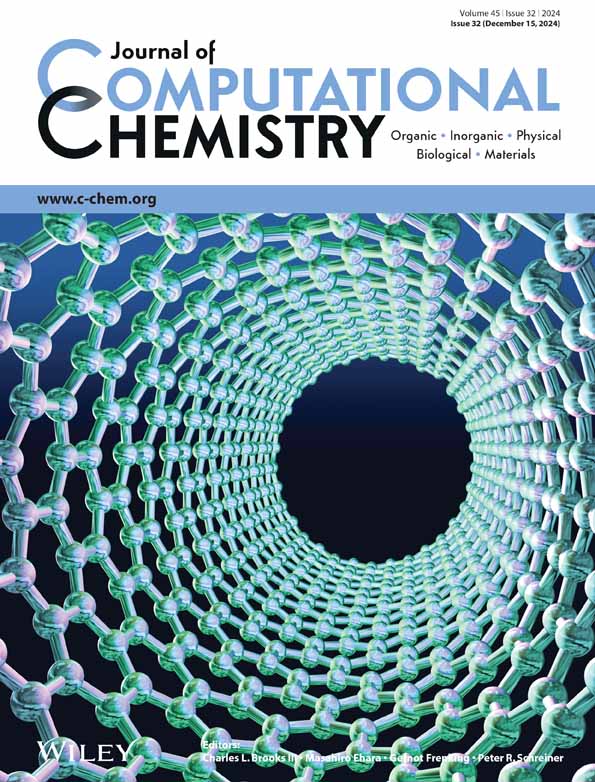Quantum chemical investigation of electronic transitions of mitorubrin azaphilones
Abstract
Fungal azaphilones are a broad class of naturally-occurring pigments with diverse applications. Among the azaphilone pigments, mitorubrins are well recognized for their antiviral, antibacterial, antifungal, antiprotozoal, antidiabetic, and antiaging activities in addition to their well-known yellow-orange color. This makes these pigments interesting candidates for use in foods, as cosmetics, and as medicines. In particular, if it is desired to modify the properties of mitorubrin-based pigments, for example by derivatization, it is essential to have an understanding of the electronic spectra of the parent molecules. We have therefore undertaken a computational study of a series of mitorubrins, comparing our computed results with experimental UV/visible spectra. Both density-functional theory (DFT) and coupled-cluster (CC2) methods have been used, and in general, the results are in very good agreement with observation. In order to provide a simple and useful picture of the spectra we analyze the stronger transitions in terms of natural transition orbitals (NTOs).
Open Research
DATA AVAILABILITY STATEMENT
The data that support the findings of this study are available in the supplementary material of this article.




